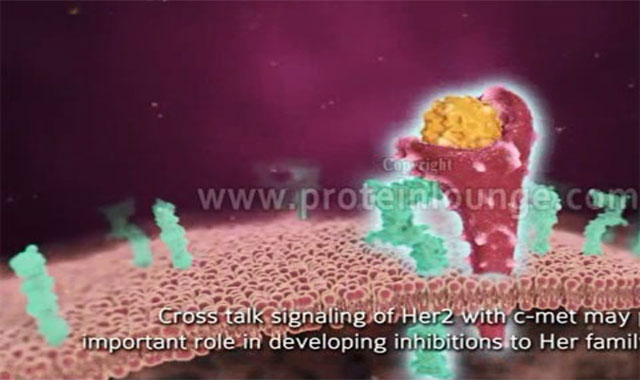Fluorescence-Linked Immunosorbent Assay
Description
Fluorescent labels provide high levels of sensitivity for a wide range of analytical procedures. Since its development the use of fluobodies has been expanded from diagnosis to include the immunolabeling of cancer cells and roles as a tracer for immunoassays and in fluorescence-activated cell sorters used in fluorescence-linked immunosorbent assays (FLISA) to detect large molecular weight antigens such as protein peptides and microtubules.
The advantages of using immunofluorescence include rapid visualization of specific tissue, cell culture, body fluids, and swap specimen. However, high background fluorescence might be a problem when green-emitting dyes are used. In most cases, assay sensitivity can be improved by using fluorescent dyes, and the problem of photobleaching (fading over time and after multiple excitations) is diminished in new types of fluorophores (quantum dots, long-lifetime nanoparticles).
Browse Other Animations
 Pathogenesis of SARS-CoV-2
Pathogenesis of SARS-CoV-2
 Prostate Cancer
Prostate Cancer
 Omicron : The new SARS-CoV-2 Variant
Omicron : The new SARS-CoV-2 Variant
 Breast Cancer Pathogenesis
Breast Cancer Pathogenesis

